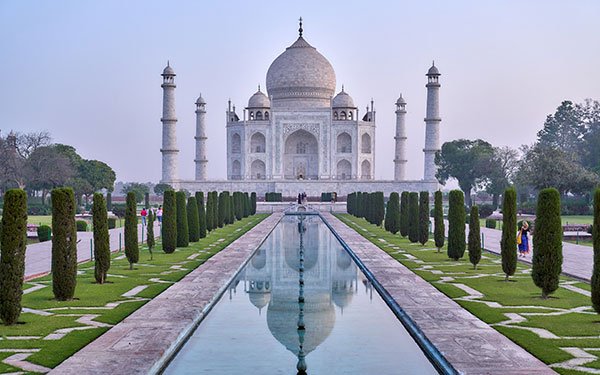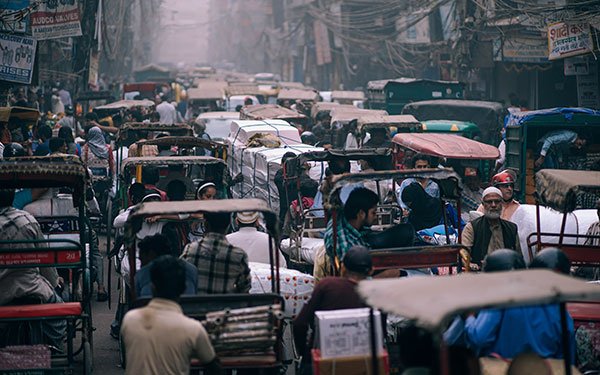Are you considering a move to India from the UK?
India is without doubt a country of extremes, but also abundant in charm.
Most of us are familiar with India’s heat, poverty and squalor, but there are also myriad positives to this exceptionally vibrant and diverse country that make it an extraordinary place to live and work, and increasing numbers of expats from all over the world are making it their home.
Away from the hustle and bustle of the crowded cities, India is a fascinating and amazing place to explore, with a rich natural landscape of beaches, forests, mountains, and deserts, a colourful and intriguing culture, warm and friendly people, and attractive job opportunities coupled with a very low cost of living.
Here’s our guide to the most important things you need to know if you’re thinking of making a move to India…
Contents
India Visa Requirements for Brits
Entering India by air or land is relatively straightforward, but UK citizens must apply for a visa before flying out to India.
Read on for the lowdown on the different visas available…
Visiting
For a short jaunt to India you can apply for an e-Tourist visa valid for 60 days from when you arrive. Applications can be made online and the visa printed out to be stamped upon arrival.
Passports need to be valid for at least six months beyond your intended stay in India, with at least two blank pages.
For longer visits, a regular tourist visa which is valid for single or multiple entries within a one year time frame can be obtained which will cover your stay for up to 180 days.
Working
In order to qualify for an Indian work visa, you are required to have confirmed employment with an Indian company, or be intending to do voluntary work.
The employment visa can be applied for online in the the form of an e-visa, and are ordinarily issued for up to one year.
If you need to extend your visa after that time you must supply a copy of your previous visa and an invitation letter from your Indian employer requesting the longer visa validity.
Staying and working in India for more than 2 years will require a long term visa.
All foreigners staying in India for longer than six months must register with the nearest Foreigners’ Regional Registration Office (FRRO) within 14 days of arrival.
Permanent Residency
There is currently no way for Brits to achieve legal permanent residency in India unless they are of Indian ancestry, married to an Indian citizen, or by giving up their UK citizenship to become naturalised.
You can apply for an OCI (Overseas Citizen of India) card in India after two years of marriage if you already have a long term visa and are registered with a FRRO.
If you are looking to acquire citizenship of India by naturalisation you must have already lived in India for 11 of the last 14 years prior to application and lived continuously in India for a period of 12 months immediately prior to the date of application.
Way of Life in India
Lifestyle
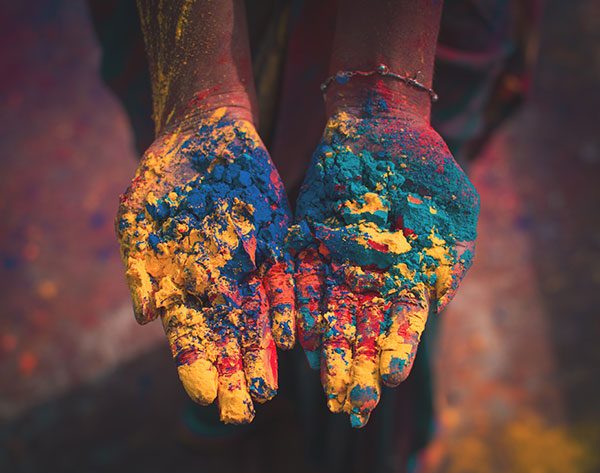
India’s fast growing economy can offer UK expats a very high quality of life in an exciting and exotic land drenched in rich culture and tradition. India’s rich past is reflected in the glorious art and architecture of serene temples and decadent palaces.
The Indian community is wildly diverse, composed of people of all many different religions and customs, all of which add their own unique flavour to the Indian way of life.
India is famous for its as crazy, colourful festivals and religious rituals which take place throughout the year, including Holi which sees fun filled fights with bright paints and water pistols.
Animals are highly revered by many Indian people, so don’t be surprised to see cows, dogs, monkeys, and even elephants trundling through the city streets.
Gentle and generous, the Indian people are helpful and friendly, and quite willing to welcome foreigners.
Food is a focal point of family and community gatherings, with delectable, sophisticated spiced dishes varying from region to region.
Getting Around
From the moment you arrive in India you are thrust into traffic chaos, and getting around can be intimidating. There are multiple modes of transport available, but the ones you choose will depend on your budget, the time you have available, and your level of patience.
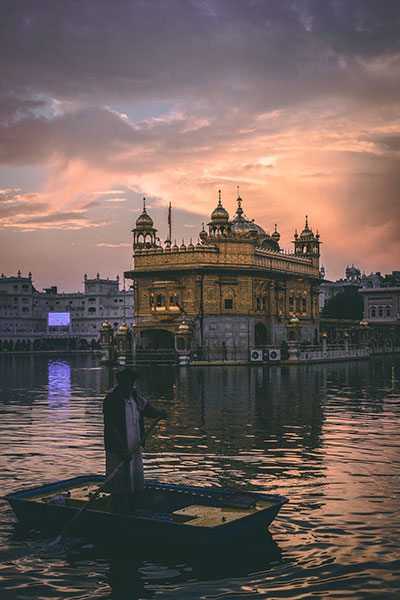
India is a vast country, so if you’re looking to travel long distances as quickly and in as much comfort as possible, air travel is your best bet. There are around 7 different airlines offering domestic flights to major cities within the country, but flights can be pricey.
Another option for long distances is travelling by train. India offers up some iconic railway journeys through sublime scenery, and the national rail network is extensive, covering almost all of the country.
There are 8 different classes of train to choose from, but it’s well worth forking out the extra cash to travel in a better class. Trains often experience delays, but will nearly always eventually arrive.
The bus network in India literally goes everywhere — even to many places out of reach by other modes of transport — and there are frequent departures throughout the day for both short and long distances, and tickets are cheap.
That said they are not always the most comfortable way to get around, often being crammed full of other passengers (and their livestock) — particularly the government run buses — so it’s worth paying the extra to get a private bus if you can.
In towns and cities taxis and rickshaws are a good way of getting from A to B if you’re brave enough. Always establish a fixed rate for your journey up front or use a prepaid taxi booth to ensure you pay a fair price.
Driving in India
Exploring India with the freedom of four (or two) wheels is an unforgettable experience, however it is exceedingly rare for foreigners to have their own vehicle, as nearly all vehicle hire companies rent out cars with drivers.
One reason for this is the fact that India’s roads are statistically the most dangerous in the world, with an extremely high fatality record.
However if you do feel like taking your life into your hands there are a handful of international car rental companies operating in the cities.
Renting a motorbike is equally dicey, but can be fun for short journeys outside of the urban sprawl.
Weather in India
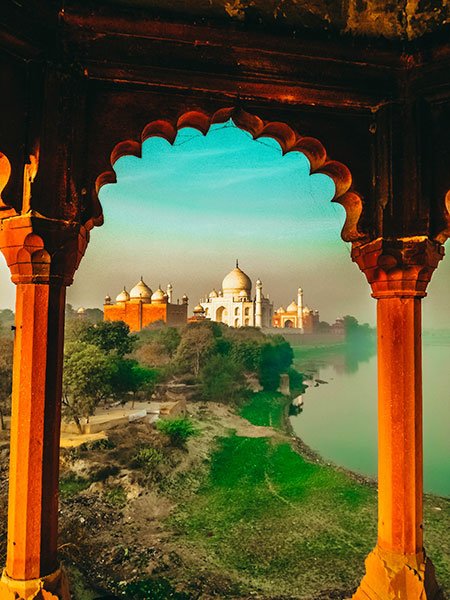
India has mainly a hot tropical climate with many places experiencing daily temperatures exceeding 40 degrees Celsius, but as it is such an immense country with diverse terrain, there are significant weather variations depending on the region.
Far to the north of the country the mountains, plains and hills are significantly cooler, with temperatures dipping to around 5 degrees Celsius in winter (from January to February), with snow and ice on the mountain peaks.
Central areas experience comfortable year round temperatures, but with heavy monsoon rains from July through to September.
Eastern and Western India have scorching summers but with cool evening temperatures from April until the beginning of October, after which these areas also suffer from monsoon rains.
In the south, the long hot summer reaches temperatures of between 25 and 32 degrees Celsius and high levels of humidity and rainfall at any time of the year is common.
Cost of Living in India
The cost of living in India is seriously affordable, which together with the possibility for expats to earn a decent wage, can mean a high quality lifestyle for most foreigners.
Lifestyle
As with most places around the world, the costs for keeping up your chosen lifestyle in India can change greatly depending on your location.
City living is a lot more costly than living in rural areas, with Mumbai, New Delhi, and Chennai being the most expensive cities.
Take a look at this video comparing cost of living between Mumbai and Bangalore:
Groceries are ridiculously cheap, although imported western foods are on the pricier side. It’s also easily affordable to eat out in decent restaurants, and also possible to eat out extremely cheaply on local fare for the equivalent of a few quid.
A night on the town complete with drinks and entertainment is also very inexpensive, with most places selling low priced alcohol and having no or low entry fees.
Public transport is also cheap, so your daily commute won’t eat much into your monthly budget.
Rent
Rental properties in the big cities can be expensive, but if you are prepared to be modest there is plenty of affordable accommodation to be found.
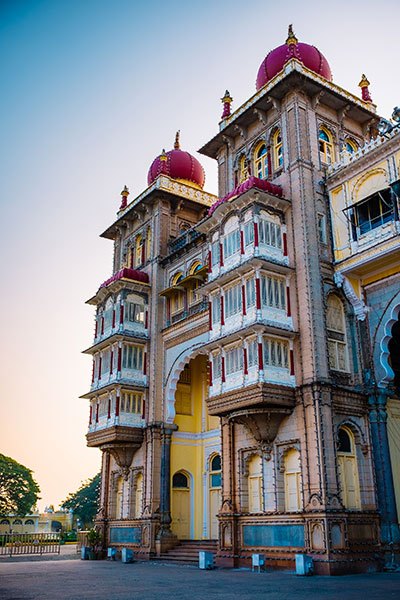
For example, a one bedroom apartment in a nice neighbourhood in a city such as Bangalore or Mumbai will set you back anywhere from between the equivalent of £250 to £400 per month.
A high end apartment in a major city can cost anything from £1000 up to £4000. Away from the major cities rental prices drop dramatically.
On the whole utilities including internet, gas electricity and so on are very affordable.
Healthcare
India’s public hospitals provide a good standard of healthcare but are underfunded and quite simply – overwhelmed.
It is for this reason that the majority of British expats living in India opt for private healthcare which gives them access to highly qualified English speaking doctors, better facilities, and greatly reduced waiting times for treatment.
Although these private medical services can be paid for on the spot, expats are advised to take out a private health insurance policy to ensure that they have adequate health insurance coverage and are covered for any eventuality.
Prices for insurance packages can vary, but as a guide a comprehensive plan for a healthy 25 year old should cost around £800 a year.
Schooling
It is unusual for expat families to send their children to an Indian public school as facilities tend to be poor, classes overcrowded, and English not necessarily taught on the curriculum.
The popular choice for Brits living in India is private education for their kids – most commonly in an international school with a more familiar curriculum and a very high standard of education.
However these schools are increasingly popular, and with long waiting lists and entrance exams it’s best to apply early to ensure to receive a place.
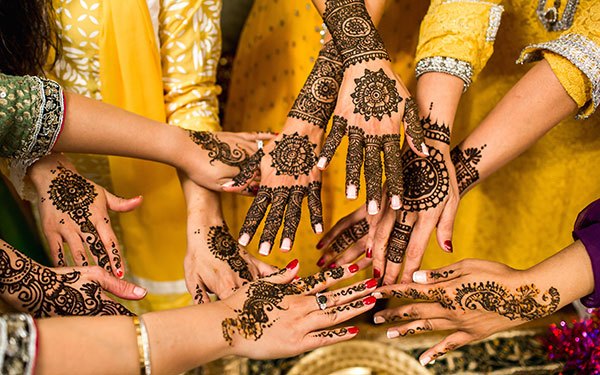
British international schools are well represented across India, but the fees can be costly, so it’s worth negotiating them as part of your employment package.
Tuition fees vary depending on the educational establishment, but expect to pay around £3000 – £5000 per year plus admissions charges and school fees.
Popular Areas for Brits
Mumbai
Architecturally stunning, Mumbai (formerly known as Bombay) is a city heaving with heart.
This is India’s largest city, and also the seat of India’s economy. It’s wealth attracts people from all walks of life, including budding stars wanting to make it big in the prolific Indian film industry.
The flip side to this are the city’s problems with poverty, but Mumbai remains a bustling, heady cosmopolitan city sure to dazzle the senses.
Hyderabad
Affectionately named the Pearl City, Hyderabad has a perfect balance of modern and traditional, with a beautiful, rustic old city at its core filled with tombs, mosques, palaces and other historical and architectural marvels, in addition to a bright modern city full of fabulous restaurants, bars and nightclubs, and glittering shopping malls.
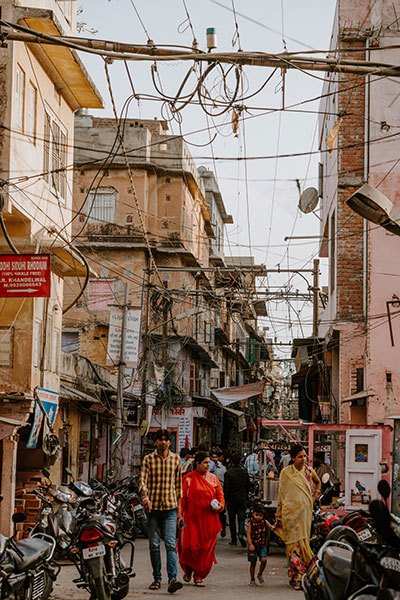
Bangalore
India’s version of Silicon Valley, Bangalore is a lively modern metropolis which is the technological hub of the country, and one of India’s most rapidly growing cities.
Well-heeled Indians continue to make their homes here, enjoying the vibrant bar and café culture, relaxed atmosphere, and burgeoning gourmet dining scene.
Chennai
Born from Dutch, Indian, and Portuguese settlements in the 17th century, colonial Chennai was originally a busy trading port which has grown up to become a sprawl of fascinating neighbourhoods dosed with modern day glamour.
As well as boasting the second longest urban beach in the world, Chennai is bursting with luxurious boutiques, chic independent bars and cafés, and excellent restaurants dishing up delectable southern Indian cuisine.
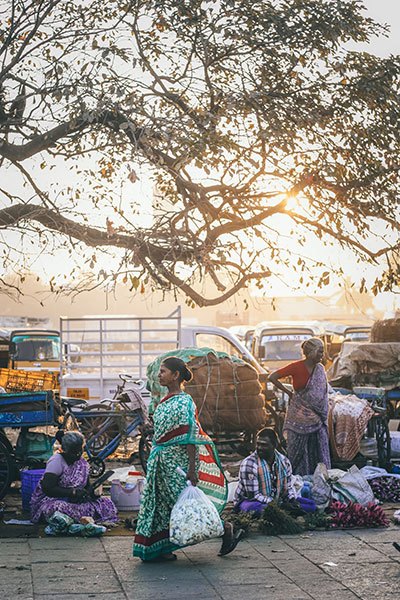
Goa
A visit to India isn’t complete without a trip to glorious Goa on the southwest coast.
Blessed with sun kissed beaches, sensational seafood, a spiritual soul and a bohemian vibe, Goa has more than enough appeal for any expat.
Kolkata
As the former capital of British India, Kolkata (aka Calcutta) was once the greatest city in Asia, and much of its colonial glory can still be seen today in the crumbling yet noble Victorian buildings dotted around the city.
Kolkata is widely considered to be India’s dynamic artistic and cultural hub, attracting the young and the fashionable from all over with its artsy vibe, wonderful galleries and theatres, festivals, and bright new shopping malls, restaurants, and more.
Delhi
Bold, brash and thrilling, India’s capital city is huge and constantly growing.
This is a city of contrasts, with Old Delhi full of winding streets, bustling bazaars, temples, mosques and tombs, and new Delhi stretching out into the future, full of leafy boulevards, designer bars, nightclubs, and other contemporary charms.
Delhi has the best of both worlds, brimming with arts, culture, and entertainments.
Jobs in India for British Expats
Thanks to the long standing relationship between India and the UK, Indian employers are still keen to hire British employees — even though the economy is booming and the Indian population is better educated than ever.
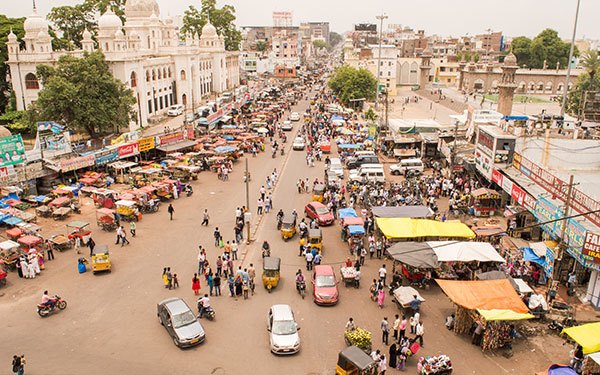
Whilst there are certainly job opportunities around for UK expats in India competition can be fierce.
There is work available all across the board, but the most rapidly growing sectors in the country include IT, engineering, science, manufacturing, banking, tourism, finance, media, and telecommunications, and Brits highly skilled in any of these areas are quite likely to find decent employment.
Are you thinking about moving to India from the UK?

